Flash Flooding: Rising Waters, Rapid Risks
Flash flooding is a sudden and intense flooding that happens in a short period. It happens with little warning and rapidly fills the streets.
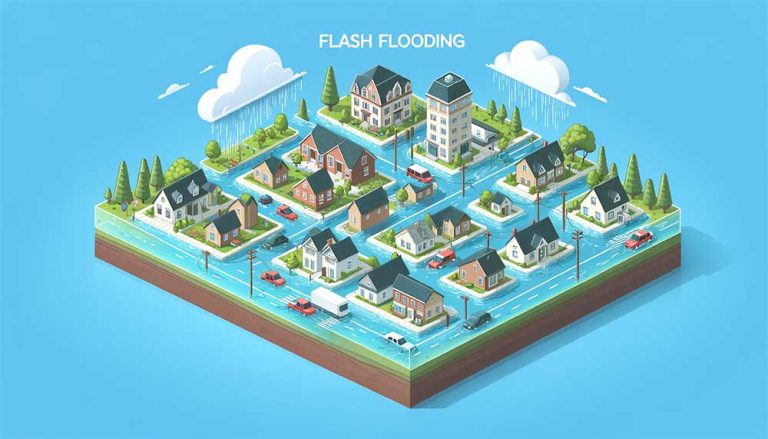
Flash flooding is a sudden and intense flooding that happens in a short period. It happens with little warning and rapidly fills the streets.
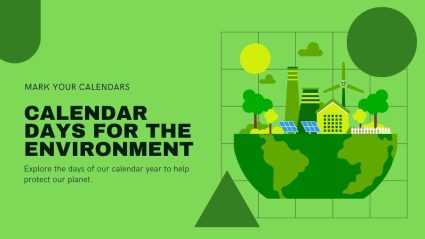
These environmental calendar days remind us to take care of our planet. We can plant trees, cut down on waste, and learn about nature.
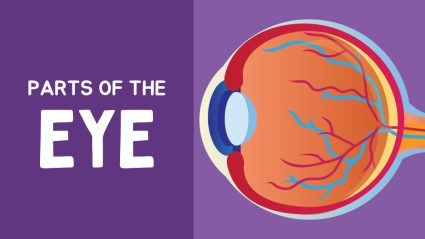
Our eyes are one of the most complex body parts because it’s like our window to the world. Learn about 10 important parts of the eye.
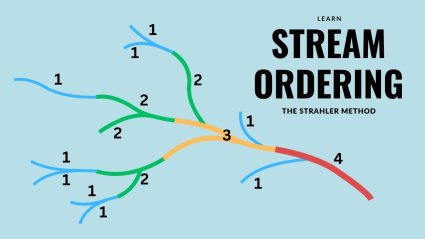
Stream ordering is a way to classify the size of streams. The Strahler method is a way to classify streams based on their branches.
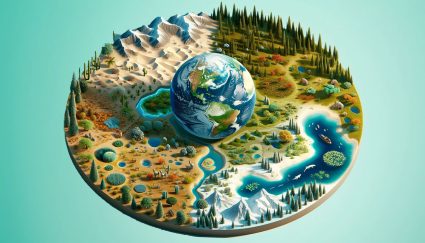
Ecosystems are like nature’s neighborhoods, where plants, animals, and living things work together. Learn about the types of ecosystems.
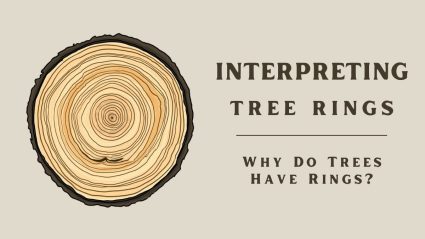
Tree rings are like a history book. They show us how old trees are and their environment like ring thickness, fire scars, and lopsided rings.
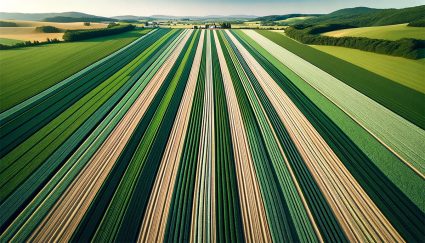
Strip cropping is a method where farmers grow different crops in narrow, long strips across a field that helps to control soil erosion.
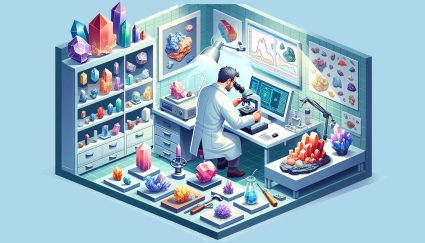
Mineralogists are like the detectives of the geology world. They explore landscapes, collect mineral samples, and study them in a laboratory.
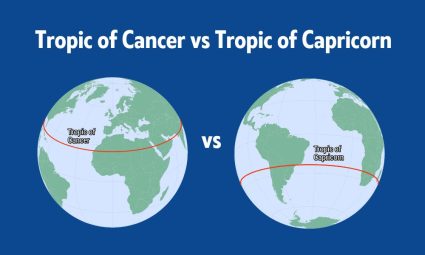
The Tropic of Cancer are imaginary lines that represent the furthest north and south that the sun can appear directly overhead at noon.
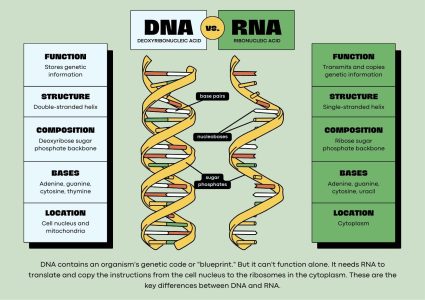
DNA and RNA are both crucial to life, yet they serve different roles in our cells. We explore various differences between DNA vs RNA.

Plants do have some remarkable abilities that can seem extraordinary. Today, we’ll give you 15 examples of plants with superpowers.
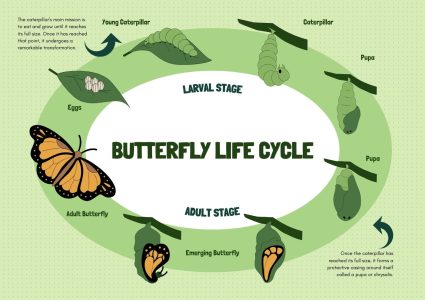
The butterfly lifecycle is a process of change and growth. It goes through four main stages: egg, caterpillar, chrysalis, and butterfly.

The evolution of the atomic model includes the Billiard Ball, Plum Pudding, Nuclear, Planetary, and Electron Cloud Models.

The equator is an imaginary line that circles completely around the Earth. It divides the planet into the Northern and Southern Hemispheres.
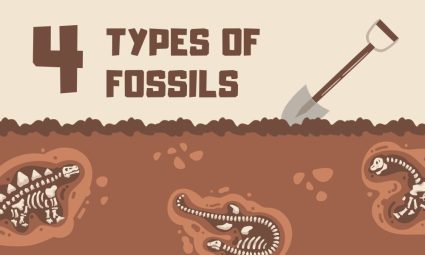
Fossils are like nature’s time capsules because they give us a glimpse into the distant past. Learn about the 4 types of fossils today.